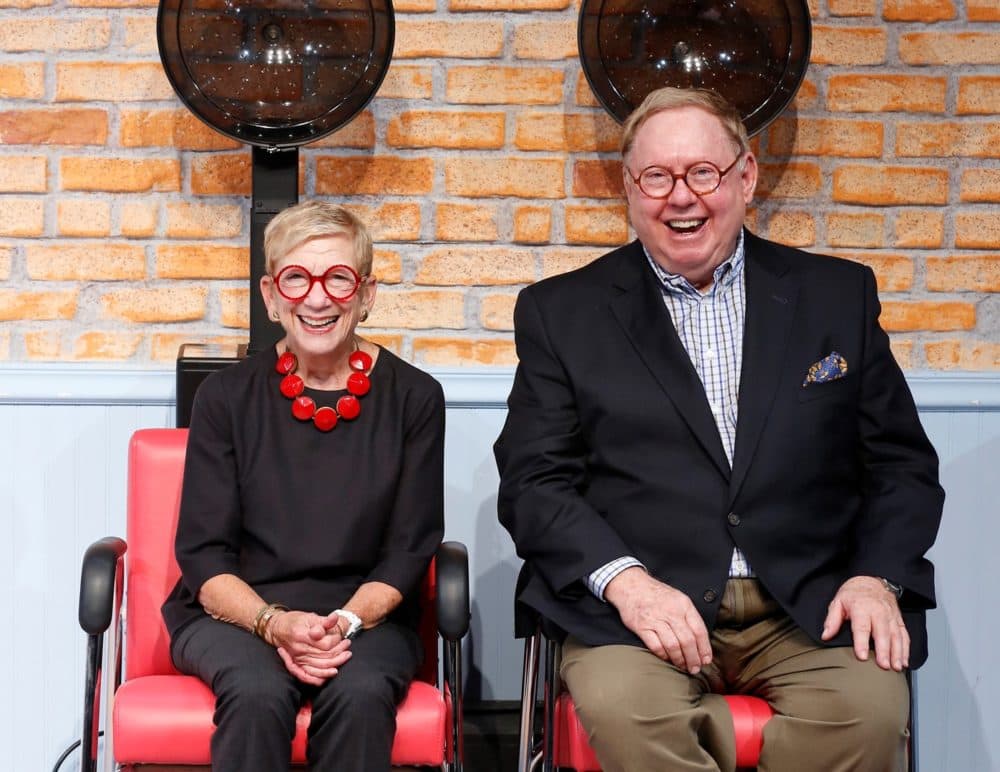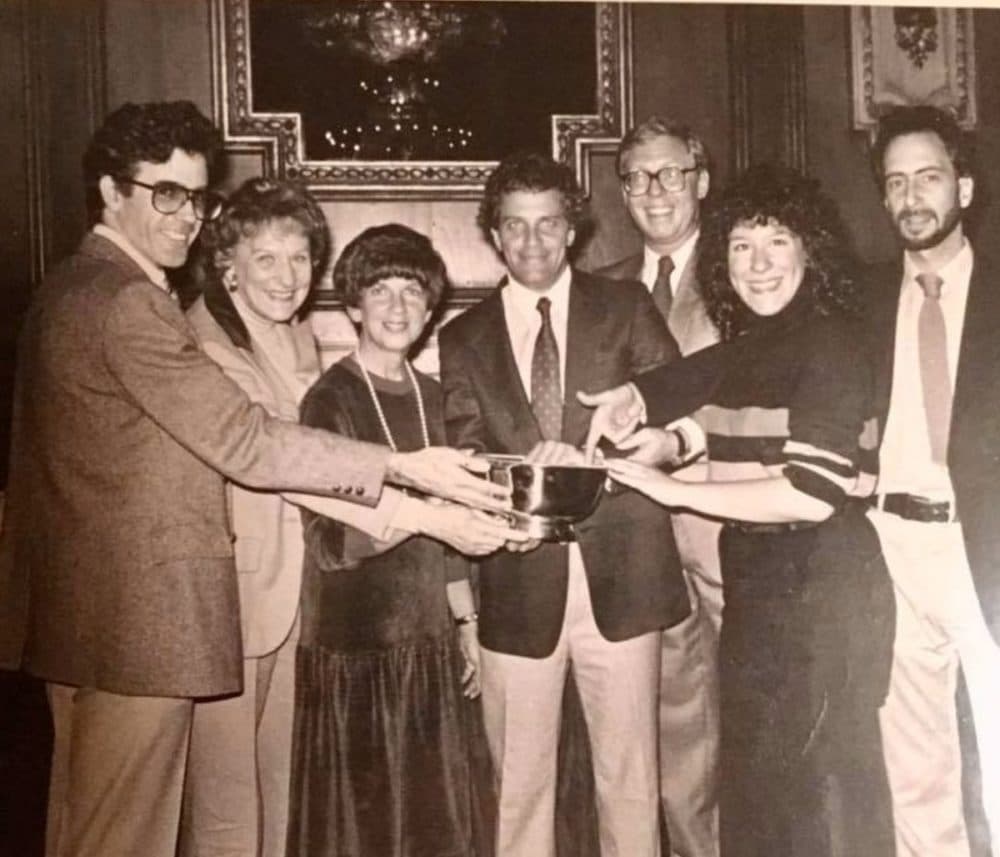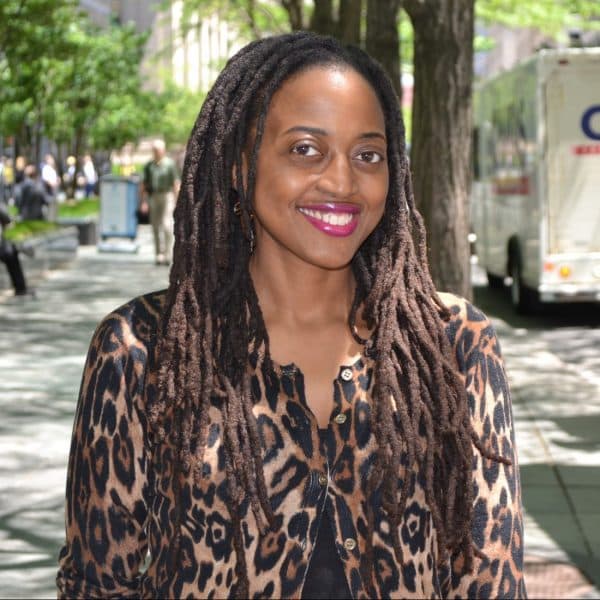Advertisement
40 Years Of 'Shear Madness,' Where Success, At Least, Is No Mystery

In neighborhood salons, transformations occur. Clients whose tresses beg for sprucing — sometimes their spirits need lifting too — aim to come out better than they came in. And at the fictional Shear Madness Unisex Hairstyling Salon, which is the setting of “Shear Madness," there’s a lot more going on than pin curls and dye jobs.
Daily transformation is also the secret to the success of "Shear Madness" in Boston — now running here for 40 years. This raucous whodunit is improvisational, changing each night.
Who's the culprit? Is it the quick-witted gay shop owner Tony Whitcomb, the stodgy older woman, Mrs. Shubert, stylist Barbara DeMarco or Eddie Lawrence, who just hangs around the shop? It’s up to the audience to find out.
Before the current staging of the play, running now through Feb. 29 at the Charles Playhouse, I meet a few cast members and the play's co-creators to learn why the show, with its ever-changing script is the nation’s longest running whodunit. Marilyn Abrams and Bruce Jordan created the popular play, which celebrates four decades on Jan. 29.

“Shear Madness” first hit the stage in Lake George, New York, in 1978 and came to Boston in 1980. The award-winning play is also a fan favorite in Chicago, Philadelphia and Washington D.C. Each cast researches the peculiarities of their locale and tests what resonates with local audiences during preview shows.
To keep the story fresh, Jordan, who directs the Boston production, says the performers share ideas daily and try to weave them into the story in an meaningful and funny way. Because of this, Jordan says someone described the show as being “as fresh as this morning's headlines.”
News and pop culture references shoot out of characters’ mouths rapid-fire onstage. They name drop everything from Kanye West to Peloton to Chipotle. Even with frequent news references, the cadence of the comedic verbal sparring feels natural.
However, “everybody is not brilliant and clever every minute of every performance,” Abrams explains. Jordan points out that one of benefits of working on a play that has stood the test of time, is that the actor can try a joke or line in the future. That is of course, unless an audience member gets in the middle of it, he says.
“That is a challenge,” cast member Celeste Oliva adds. “When people cough or step on the punchline, you're like: ‘Oh God!’” she says. But these veteran actors, including Patrick Shea, have been at this long enough to anticipate such snafus. Shea says he can “almost hear that they're about to cough or sneeze and you can work around it.”
Watch Shea as Tony in “Shear Madness”
The night I attend the show, audience members call out which characters they think aren’t telling the truth. They ask questions to help establish the timeline as policemen Nick and Mikey determine who killed Isabel, a pianist who lives above the salon. The actors alternate between accusing each other and answering questions from the crowd. A secret is revealed, the cast heckles the audience, and show-goers are kept guessing.
The success of the play, due in part to contemporary news and cultural references is enhanced by the seasoned cast. Shea has been performing in “Shear Madness,” since 1983 and has starred in productions at numerous local theaters. Oliva too, is a veteran of the stage. She appeared in Huntington Theater Company’s “Romeo and Juliet” last year.
Some of the cast’s best material comes from another transformational space: the dressing room. There, actors morph into their characters with make-up, hair and last-minute run-throughs of scenes. In this space, they can be vulnerable, practice and foster relationships with cast mates. “To share that community dressing room adds to the show,” says Shea. From the dressing room, Oliva adds, they bring that camaraderie to the stage.
In “Shear Madness,” the friendships, respect and extensive knowledge of their characters and one another radiates onstage and might be just as important, if not more so, than all of their well-placed puns.
“Shear Madness” runs now through Feb. 29 at Charles Playhouse in Boston.

